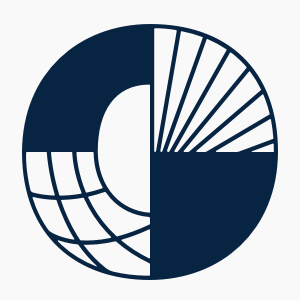At a time of tremendous scepticism about aid, the number of aid providers is, ironically, at an all-time high. Described as a ‘silent revolution’, the last quarter century has seen a proliferation of states providing aid. Many of these new donor countries (NDCs) are not members of the Organisation for Economic Co-operation and Development’s (OECD) Development Assistance Committee (DAC).
Donor proliferation presents both an opportunity and a challenge for the global development community. In theory, additional donors should mean more concessional development resources, a broader range of knowledge and experience and greater scope for reducing poverty. Certainly, financial support from non-DAC sources has been growing much faster than those from DAC member countries, particularly since the financial crisis. Arguably, there is a broader constituency supporting global development as the number of donors grows. More donors can also increase financing options at country level, allowing donor nations to specialise and to better align with recipients. The disruptive capacity for new donors can also force traditional donors to rethink their approaches and methods. Despite these potential benefits, new donors may also pose existential challenges to traditional donors’ bargaining power and established ways of working. There is concern that new donors may be diluting standards among traditional donors and fragmenting the global aid system.
This study examines the influence of norms of aid donorship on the emergence of new donor countries, with a particular focus on how NDCs are influenced by the link between donor status and enhanced state legitimacy. It assesses the dramatic growth of NDCs and the potential consequences for development cooperation within a wider literature on the phenomonen of ‘emerging donors’, which by some estimates constituted 17% of total global development co-operation in 2014.
-
Donor proliferation to what ends? New donor countries and the search for legitimacy
Read more about Donor proliferation to what ends? New donor countries and the search for legitimacy.

